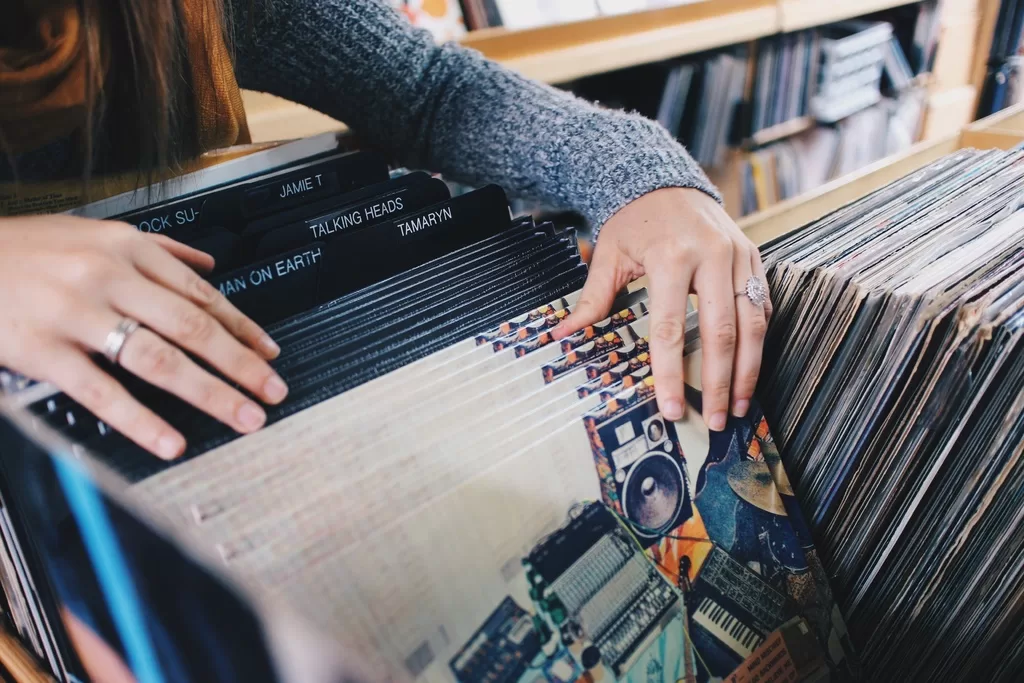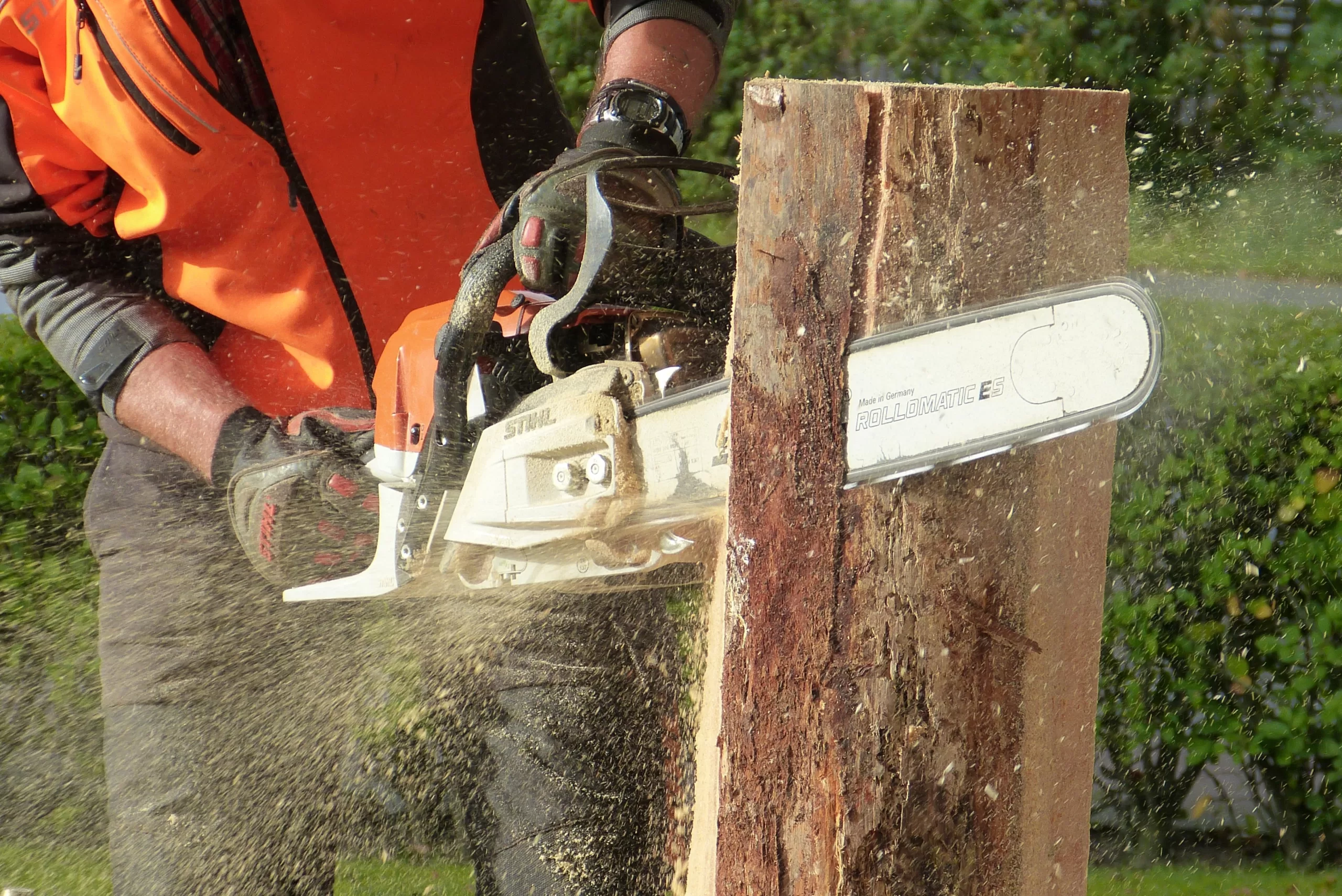Music is a powerful, universal language. It has the power to evoke deep emotions, and memories, and even unite people from different walks of life.

For some, music is more than just an auditory experience – it’s an immersive journey that embraces culture, history, and artistry. One such immersive experience is the world of vinyl records.
Whether you’re a music enthusiast eager to dive into this enriching hobby or someone interested in the nostalgic charm of vinyl records, this guide will provide a comprehensive walkthrough of the captivating world of record collecting. For a guide on the best record player for beginners check out notesonvinyl.com.
Understanding Vinyl: The Basics
Vinyl records are a physical format of music that has existed for over a century. These black discs come in different sizes and speeds, known as RPM (revolutions per minute). The three primary types are:
LP (Long Play)
These 12-inch records are the gold standard for albums, thanks to their longer playtime. Playing at 33 1/3 RPM, they typically have the capacity to store up to 22 minutes of music per side.
EP (Extended Play)
Typically, 7 inches in diameter, EPs play at 45 RPM and contain more music than a single but less than an LP. They often contain a small collection of songs or an album preview.
Singles
These 7-inch records also play at 45 RPM, with a single track on each side. They were traditionally used to promote a song from an upcoming album.
Why Collect Vinyl?
The rise of digital streaming services has provided listeners with convenient access to an extensive range of music. Still, the experience of listening to a vinyl record is an entirely different journey. Here are some reasons why people are drawn to vinyl records:
Sound Quality
Audiophiles often argue that vinyl offers superior sound quality, describing it as warmer, richer, and more natural compared to digital formats.
Artwork and Extras
The large format of vinyl record sleeves allows for more detailed and expressive artwork. They often come with lyrics sheets, liner notes, posters, and other extras that can enhance the listening experience and provide additional context to the music.
Collectability:
With special editions, colored vinyl, picture discs, and original pressings, the world of vinyl records is a treasure trove for collectors. Some rare records can also increase in value over time.
Tactile Experience
The act of handling vinyl, removing it from its sleeve, and dropping the needle can be a deeply satisfying ritual that engages more senses than merely pressing ‘play’ on a digital device.
Starting Your Collection: The Turntable
Before diving into building your vinyl collection, it’s essential to start with the heart of any vinyl setup – the turntable.
Turntables vary greatly in price, features, and quality, from budget-friendly starter models to high-end equipment designed for the discerning audiophile. When choosing a turntable, consider the following factors:
Manual vs. Automatic
Manual turntables require you to manually place the needle on the record, while automatic turntables handle this for you at the push of a button.
Semi-automatic models provide a middle ground, requiring manual cueing but automatically returning the tonearm when the record ends.
Belt-drive vs. Direct-drive
These terms refer to the mechanism that rotates the platter. Belt-drive turntables use an elastic belt and are praised for their ability to absorb vibrations, resulting in a cleaner sound.
Direct-drive turntables are typically more durable and offer stronger torque, making them a favorite among DJs.
Built-in Preamp
The signal produced by a turntable is weaker than standard audio sources and needs to be amplified before it can be played through speakers. Some turntables come with a built-in preamp for this purpose, while others require an external one.
Upgradable Parts
Some turntables offer the possibility to upgrade various components, such as the needle (stylus) and cartridge, allowing you to progressively enhance your setup’s sound quality.
USB Connectivity
Some modern turntables come equipped with a USB port, which can be used to digitize your vinyl collection, a valuable feature if you want to preserve your music or listen to it on the go.
Choosing and Buying Your Records
With the right turntable, you’re ready to start building your record collection. It’s easy to get carried away and buy a ton of records right away, but it’s better to take a more measured approach.
New vs. Used Records
New records are typically in excellent condition and offer a great listening experience, but they can be pricey. Used records, on the other hand, can be a great way to build your collection more affordably.
Check the condition of used records carefully before buying, as scratches and scuffs can affect sound quality.
Genres
Focus on your favorite genres and artists. Exploring music you love on vinyl can be a revelation, enhancing your appreciation of songs you thought you knew inside out. As you grow more confident, you can explore different genres and expand your musical horizons.
Record Grading
The condition of used vinyl records is often communicated via a grading system. Common grades include Mint (M), Near Mint (NM), Very Good Plus (VG+), Very Good (VG), Good (G), and Poor (P). The closer to the Mint, the better the condition of the record.
Sources
You can buy vinyl records from a variety of sources. Record stores are the most traditional option, offering a tactile shopping experience where you can examine records before buying.
Online marketplaces are convenient and often have a broader selection, but make sure to buy from reputable sellers and check the record grading.
Thrift shops, estate sales, and yard sales can also be treasure troves for vinyl, though finding something good often requires patience and a bit of luck.
Storing and Maintaining Your Vinyl
Proper storage and maintenance of your vinyl records are crucial for their longevity and maintaining their sound quality.
Always store your records vertically, as stacking them horizontally can cause warping over time. Make sure to keep your records in their sleeves when not in use, as this prevents dust from gathering on the vinyl surface.
To clean your records, you can use a carbon fiber brush before and after playing each side.
This will help remove dust and static, improving sound quality and preventing damage to the vinyl. For deeper cleaning, there are vinyl-cleaning solutions and record-cleaning machines available.
Digging Deeper: The Art of Collecting
As you delve deeper into the world of vinyl collecting, you might begin to appreciate the nuances of different pressings, editions, and mastering.
First Pressings and Reissues: First or original pressings refer to the initial batch of records produced after a record is released.
These are often sought after by collectors due to their limited numbers and potential for superior sound quality. Reissues are newer pressings of the album, often produced years or even decades after the initial release.
Remasters: Remasters are records that have been made from the original master recordings, often with improved sound quality. This is because the remastering process can correct issues present in the original recording or make use of advances in audio technology.
Special Editions: Special editions of records can include extras such as posters, colored vinyl, picture discs, or bonus tracks. They may also be numbered or limited edition releases, adding to their collectability.
Conclusion
The world of vinyl collecting is a rich and rewarding journey that offers a deeper connection to the music we love.
It encourages active listening, instills a profound appreciation for the artistry behind the music, and fosters a connection to a physical, tangible medium in an increasingly digital world.
Building a vinyl collection is not just about acquiring items; it’s about the experience of music discovery, the joy of owning a piece of musical history, and the tactile satisfaction of dropping the needle on a fresh vinyl record.
So, go ahead and embark on your vinyl journey – explore, discover, and let the music guide you. Remember, vinyl collecting is a hobby that grows with you, one record at a time.









